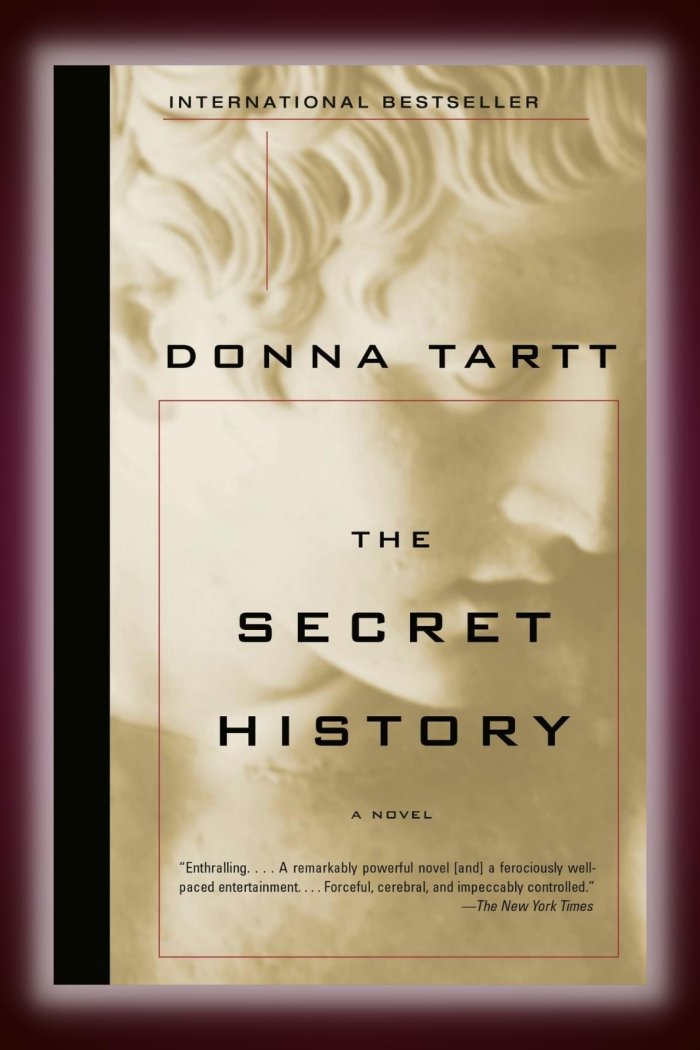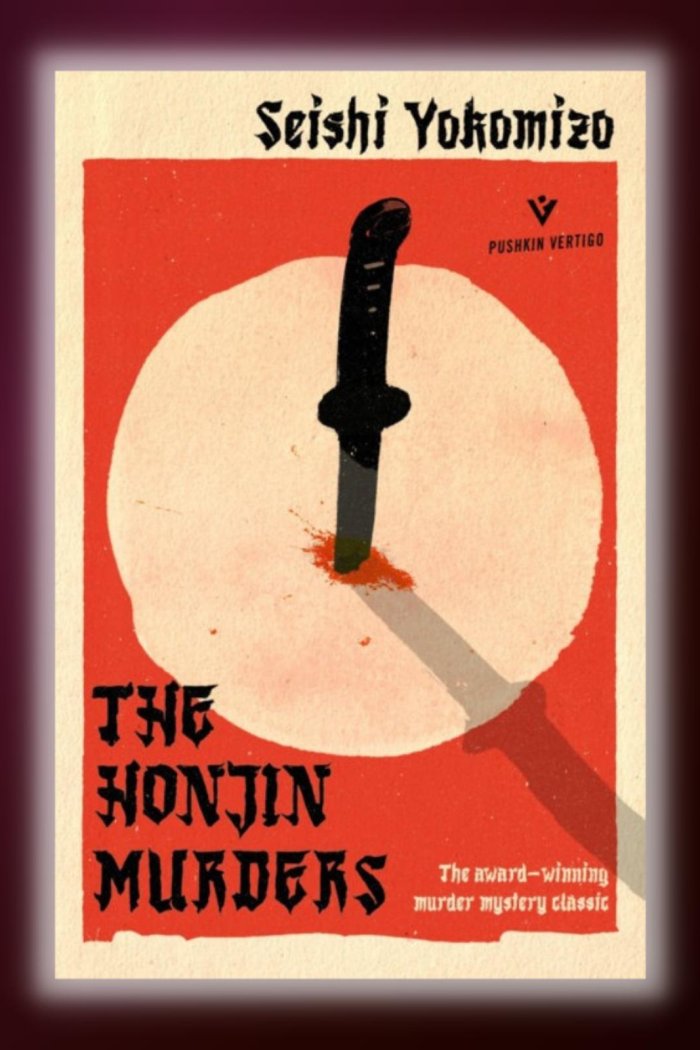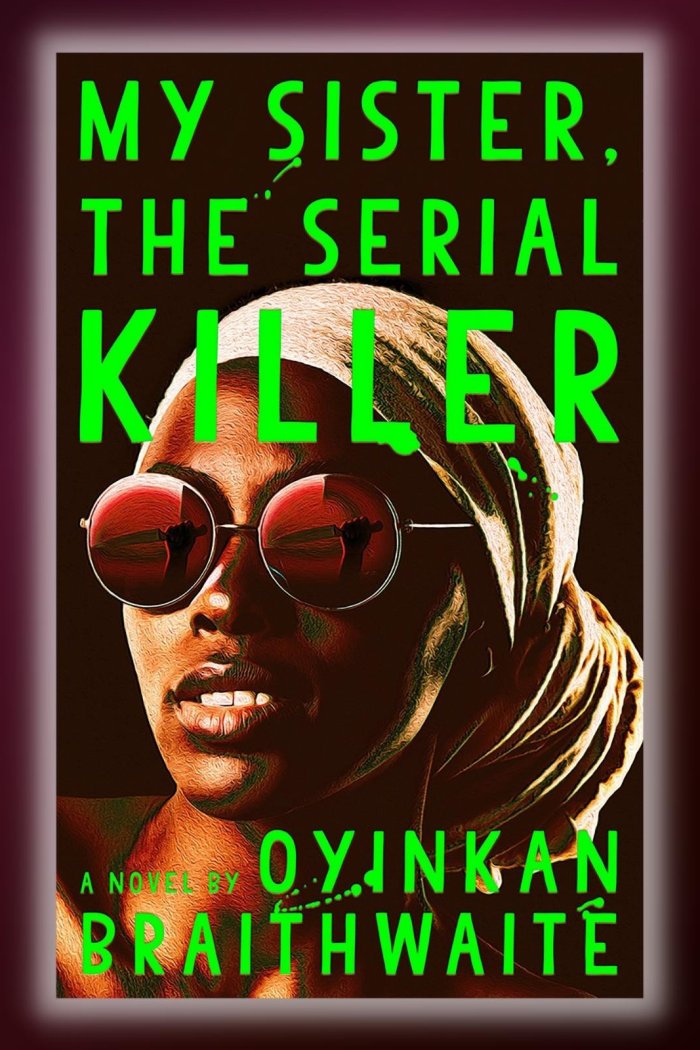Considered one of the four “Queens of Crime” of the Golden Age of British detective fiction that spanned from 1920 to 1939 (alongside Agatha Christie, Margery Allingham, and Ngaio Marsh), Dorothy L. Sayers was an innovator of the “clue-puzzle” detective story, in which all the clues a detective uncovers and needs to successfully solve a crime are also available to readers. Sayers’ novels were also known for their social commentary, particularly with regard to the roles and expectations of women in early 20th century England. After introducing the character of Harriet Vane in her 1930 novel Strong Poison, the fifth book in her perennially popular Lord Peter Wimsey series, Sayers went on to make her semi-autobiographical heroine the star of her own locked-room mystery, Gaudy Night. The 1935 novel sees Vane grapple with philosophical questions of life and love while investigating an outbreak of vandalism at her alma mater, the fictional Oxford women’s college of Shrewsbury. It’s widely revered as the most literary of Sayers’ fiction titles and viewed as a forerunner of works by contemporary mystery masters like Gillian Flynn and Tana French. —Megan McCluskey
Buy Now: Gaudy Night on Bookshop | Amazon
- Cybersecurity Experts Are Sounding the Alarm on DOGE
- Meet the 2025 Women of the Year
- The Harsh Truth About Disability Inclusion
- Why Do More Young Adults Have Cancer?
- Colman Domingo Leads With Radical Love
- How to Get Better at Doing Things Alone
- Michelle Zauner Stares Down the Darkness





